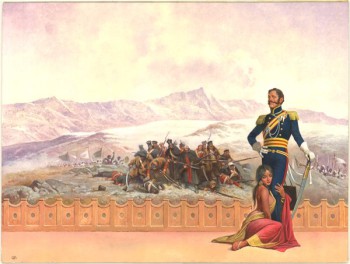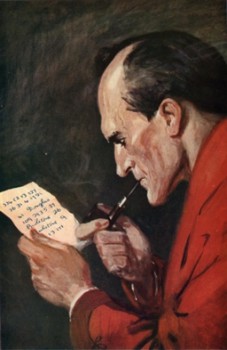Software Review: A look at Campaign Cartographer 3 Plus
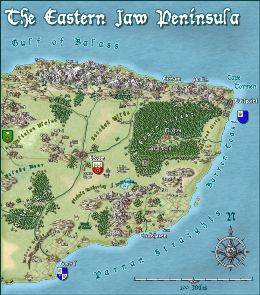
When I snagged a pre-release review copy of Profantasy Campaign Cartographer 3 Plus, smugness quickly turned to irritation… then to understanding and respect.
Let me tell you about it.
Though just a 3-person company, Profantasy are the behemoths of Fantasy cartography.
They’ve been around since 1993 (so far back that I think Richard III was still on the throne) which says a lot. They have a massive suite of programs for designing things like dungeons, cities, star systems and starship.
Their output is beautiful. Just glancing at what people can do with is enough to take you to otherwhen places .
So as I downloaded their not-inexpensive software, I was grinning happily to myself…. just like one of the dark lord’s minions walking into an ambush.
The new version is certainly an improvement on the old (which, however, did as advertised).
It’s more stable, makes full use of the power of modern PCs, has a prettier, less confusing interface, a really very useful “verbose” tooltip that pops up when you use any tool, and smoother navigation.
I had the power to create beauty. I was mesmerized!
Then the ambush sprung.
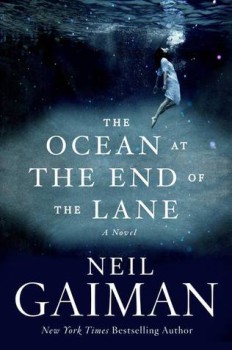
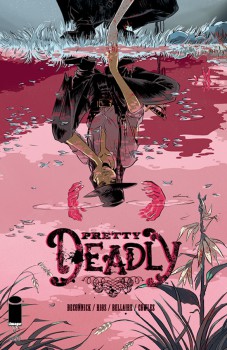

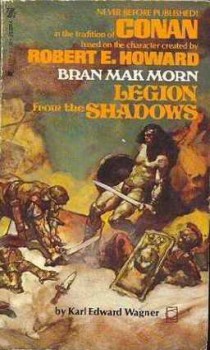

 So, other than writing this post, how do I occupy these lonely hours in my hotel room?
So, other than writing this post, how do I occupy these lonely hours in my hotel room?